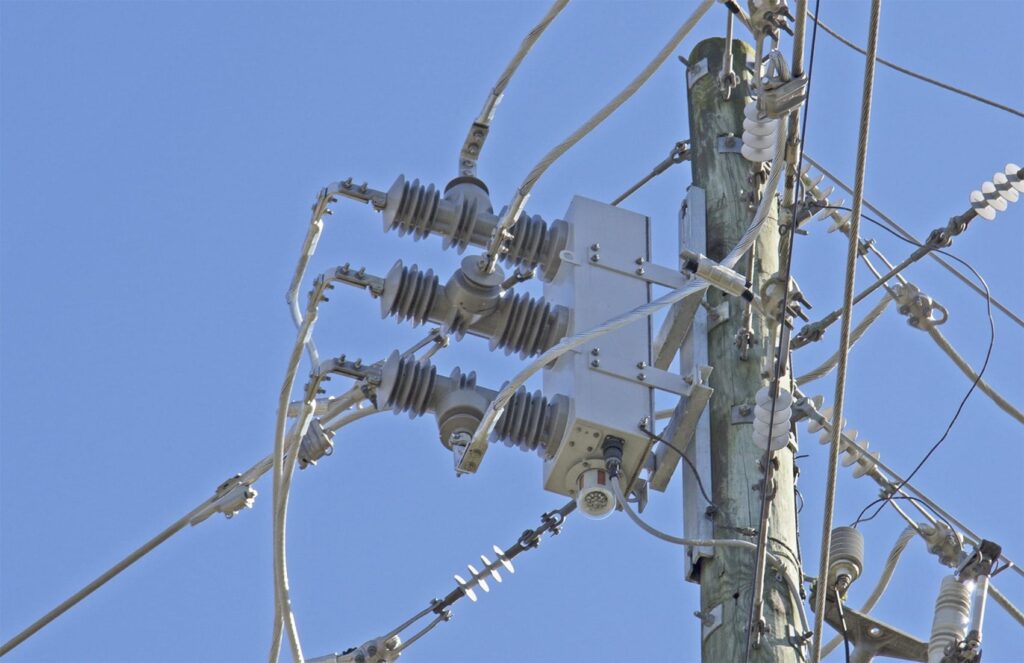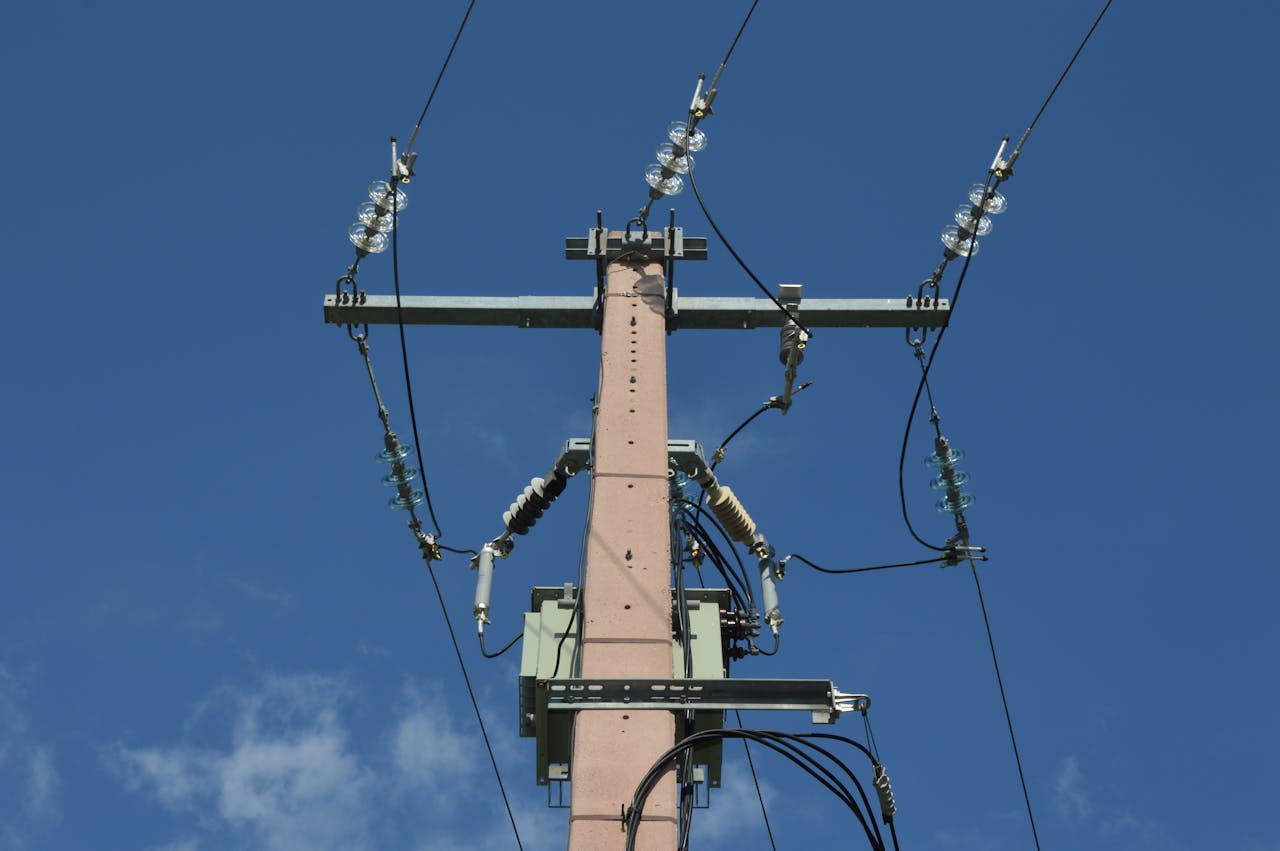Page Content
When the power goes out in your neighborhood, you might wonder what equipment helps get it back on quickly and safely. This leads many people to ask: what is the purpose of a recloser?
A recloser is an automatic, high-voltage electric switch that detects and interrupts momentary faults on power lines. It then automatically restores power after a brief delay, preventing extended outages from temporary problems.
While this basic explanation covers the main function, there’s much more to understand about how reclosers work and why they’re so crucial for maintaining reliable power distribution. Knowing these details can help you better understand why some power interruptions are brief while others require repair crews to respond.
How Does A Recloser Actually Work?
A recloser operates much like a circuit breaker in your home but on a much larger scale. When it detects a fault current – which could be caused by something like a tree branch touching a power line or an animal making contact with electrical equipment – it quickly interrupts the power flow. However, unlike a regular circuit breaker, a recloser automatically attempts to restore power after a brief delay, usually a few seconds.
If the fault has cleared itself (for example, if the tree branch has fallen away), the power stays on after the reclosure. If the fault persists, the recloser will typically make several more attempts to restore power before permanently locking out, requiring manual intervention from utility crews.
Why Do Power Companies Use Reclosers Instead Of Regular Circuit Breakers?
The primary reason is that about 80-95% of power line faults are temporary. Regular circuit breakers would require manual reset for every fault, leading to longer outages and higher maintenance costs. Reclosers help avoid unnecessary service calls and reduce the duration of power interruptions for customers.

Additionally, reclosers provide valuable data to utility companies about fault patterns and electrical system performance, helping them identify areas that need maintenance or upgrades.
What Happens When A Recloser Fails To Clear A Fault?
When a recloser reaches its maximum number of attempted reclosures (usually 3-4 attempts) and the fault remains, it goes into a “lockout” state. This is a safety measure to prevent repeated exposure to potentially dangerous fault conditions. At this point, utility crews must:
1. Physically inspect the power line to locate and repair the permanent fault
2. Manually reset the recloser once repairs are complete
3. Restore power to the affected area
This scenario typically indicates a more serious problem that requires human intervention, such as a broken power line, damaged transformer, or other equipment failure.
What Are The Different Types Of Reclosers?
Reclosers come in three main varieties: hydraulic, electronic, and microprocessor-controlled. Hydraulic reclosers are the oldest type and use oil as an insulating and arc-extinguishing medium. Electronic reclosers, introduced in the 1990s, offer more precise control and better reliability. The newest microprocessor-controlled reclosers provide advanced features like remote operation and detailed fault analysis.
Each type has its specific applications and advantages. For example, microprocessor-controlled reclosers are ideal for smart grid applications, while hydraulic reclosers might still be cost-effective for simpler installations in rural areas.
How Do Reclosers Improve Power Grid Reliability?
The impact of reclosers on power grid reliability is significant and measurable. Studies show that implementing reclosers can reduce the System Average Interruption Duration Index (SAIDI) by up to 50% in some areas. This means customers experience fewer and shorter outages throughout the year.
Reclosers also play a crucial role in sectionalizing the power grid. By strategically placing reclosers throughout the distribution system, utilities can isolate faults to smaller areas, preventing widespread outages. This means that when a permanent fault occurs, fewer customers are affected while repairs are made.
Beyond their basic function, modern reclosers are becoming increasingly important in smart grid applications. They can communicate with other grid devices, adapt to changing conditions, and provide real-time data that helps utilities optimize their distribution networks and respond more quickly to problems.
Taking Control of Your Power Experience
Now that you understand how reclosers work to maintain reliable power distribution, consider signing up for your local utility company’s outage notification system. These alerts can help you distinguish between temporary interruptions handled by reclosers and more serious outages that require repair crews, allowing you to better plan your response to power disruptions.
